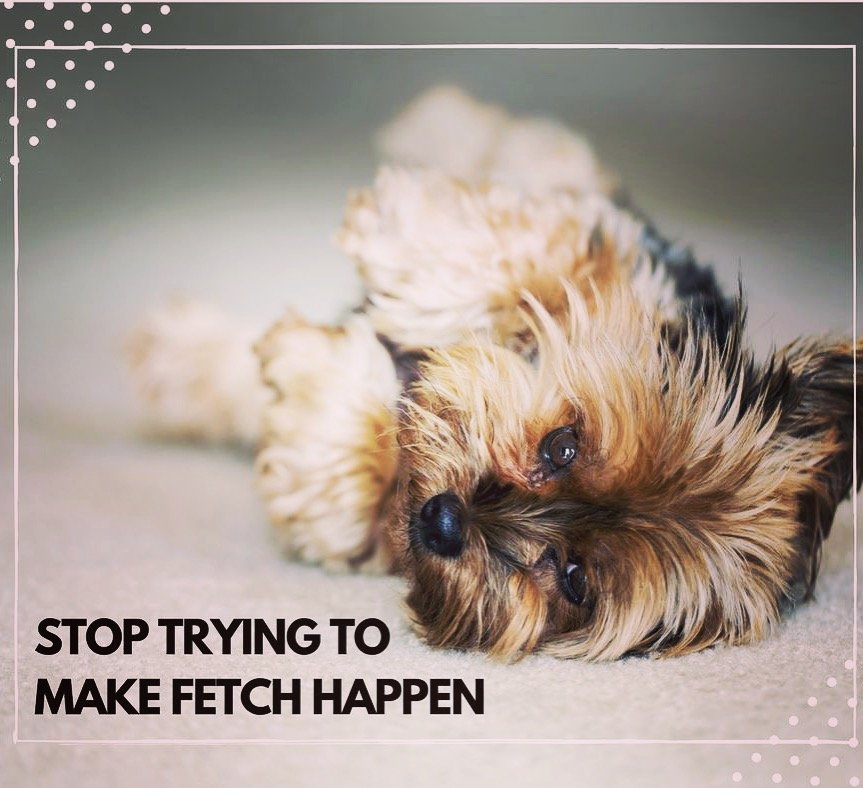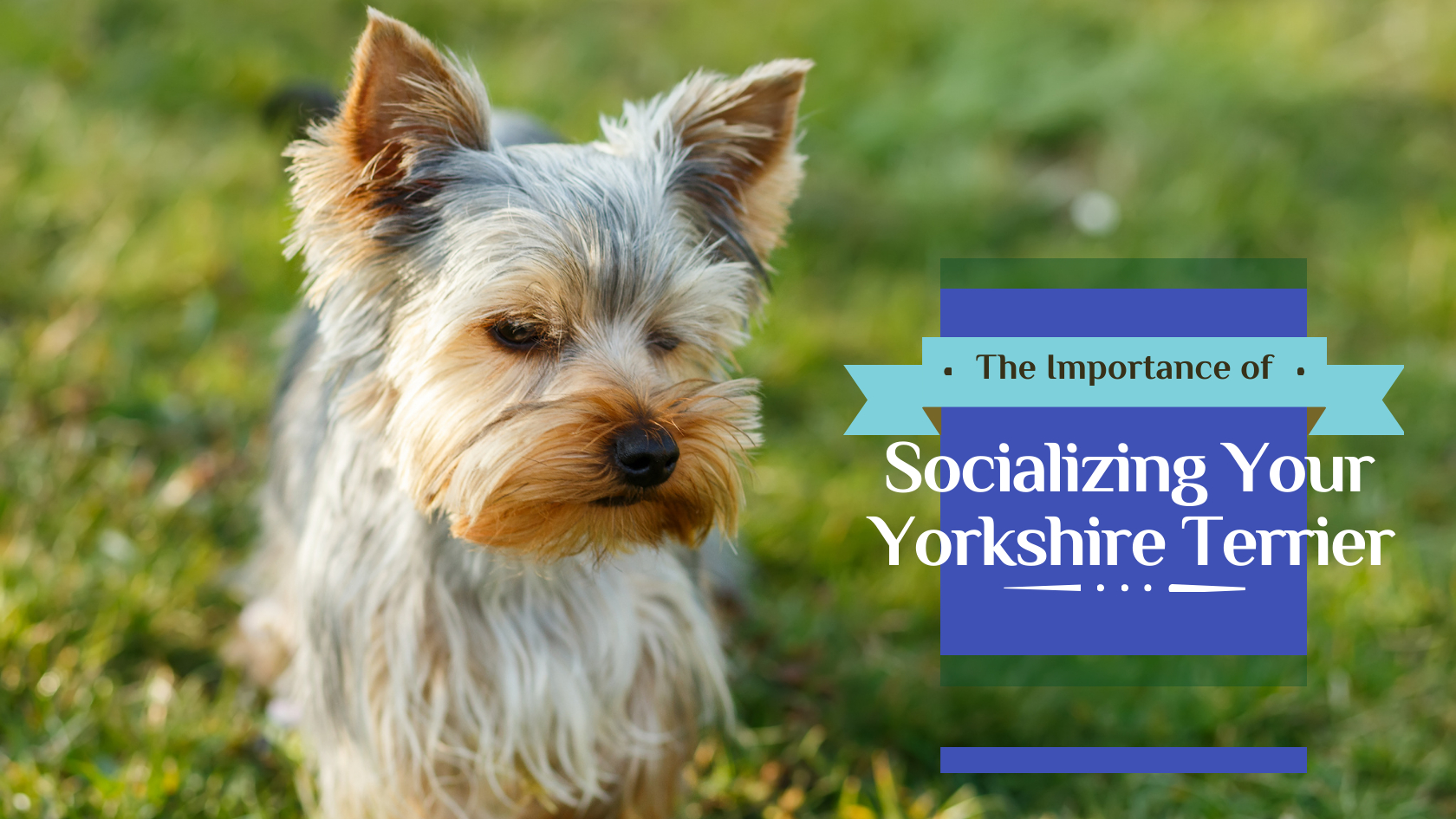Does your Yorkie have separation anxiety?
Does this sound familiar? You return home after work to torn pillows, wet spots on the carpet and your
Treating separation anxiety can be a long and difficult process, though the benefits to both you and your Yorkie are enormous. Working through each step consistently, at your pup’s pace, will result in a confident happy pet, with no more destruction.

Mild Yorkie Separation Anxiety:
If your pup only gets mildly agitated when you leave, basic counter-conditioning might be just what you need. Counter-conditioning links a feared object or situation with a good one, something your pet enjoys. To make this connection, offer your Yorkie a puzzle toy (like a KONG) stuffed with food every time you leave the house. Use spray cheese or peanut butter, canned dog food or KONG treats. Make sure there’s enough to last 20-30 minutes. Or hide small treats throughout the house, so your pup has a treasure hunt while you’re gone. With repetition, the fear of being alone is replaced with

Moderate to Severe Yorkie Separation Anxiety:
These cases require more extensive retraining techniques, along with time, patience and tolerance. Change won’t happen overnight and consistency is essential.
- Step One – If your Yorkie begins to pace, pant and whine as you get ready to leave, retrain this nervousness. Several times a day, pick up your keys or put on your coat – use whatever activity seems to trigger your pup’s anxiety. Then don’t leave. Watch television or cook dinner instead. The key is to reduce the anxious reaction by showing that your activities don’t always lead to your departure. Remember that this may take weeks but eventually, your pet will no longer react with nervousness to your preparations.
- Step Two – Have your pup sit and stay. Or place him into his crate. Then walk
away a few steps and return with a treat before there’s an anxious response. Gradually increase the distance. Step behind a door, out of sight, but always return before your pet becomes nervous. After many repetitions of this, leave through an exit door, then return. Absences should only last one to two seconds at first, then increase to five or ten seconds. Always make sure your Yorkie is completely relaxed each time before you leave. It may take weeks or more to build your pet’s confidence for 30-40 minute absences, but once he can handle about 90 minutes alone, he’s well on his way to staying alone 4-8 hours.

During re-training, it is essential that your Yorkie is not left alone for long periods of
Contact us for more stories, advice and tips about Yorkies.





I need help in calming my little Sadie from shaking each time we travel in the car. I’ve tried giving her an all natural calming treat 30min before leaving, constantly increasing the dosage until I was no longer comfortable for her healthwise. I tried cbd treats. Neither product calmed her a bit. She only started this behavior last July when my husband suffered a stroke that kept him hospitalized then Hospice care until he passed away in Dec. Sadie rode with me to and from every day to spend all day with him. She is 2 yrs 3mos old 4 1/2 lbs. Sometimes she calms a little when riding on my lap as I drove but I don’t feel safe doing that. I fasten her in a seat carrier, still shakes. Place her in the bag type pet carrier with same results.
Now twice a week we drive 30-40 miles one way to town. Thinking not traveling daily as we did would help. But wrong. I don’t know what to do to help her.
My Yorkie had a problem at night. When on the bed and he sees shadow he barks like crazy. How can I correct this. He’s 2 years old and just started this about 6 months ago. I have tried to get his attention but nothing works. Can you give me some suggestions.